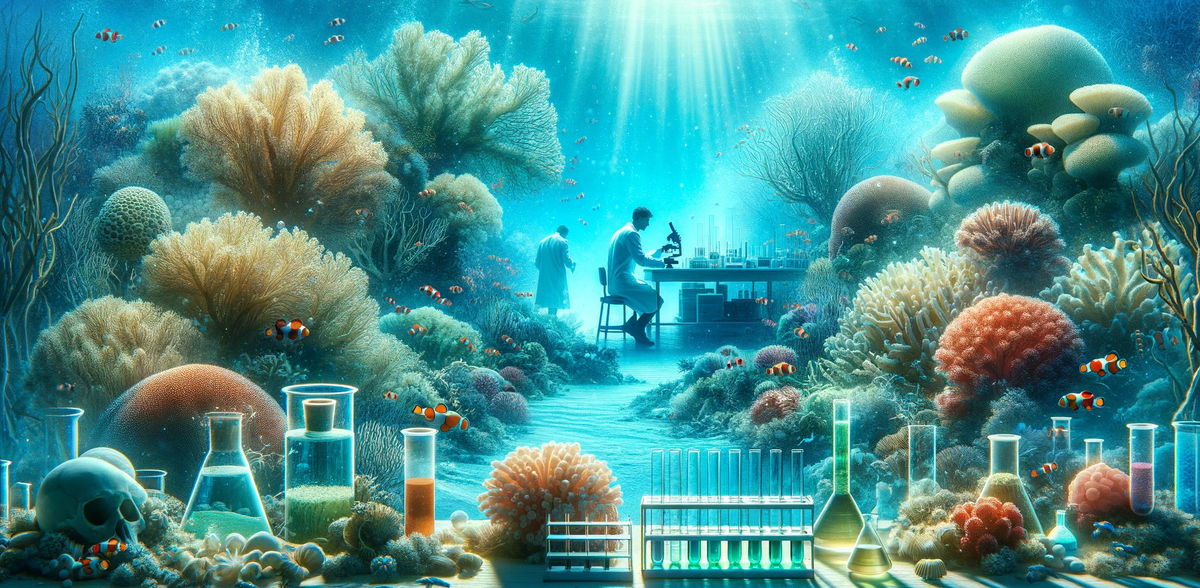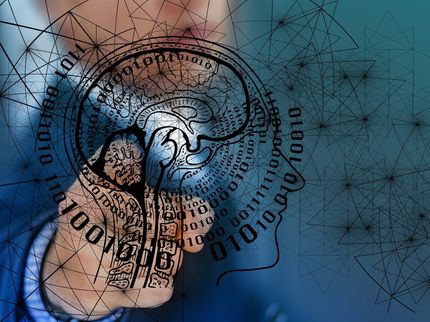Device 'smells' seawater to discover, detect novel molecules
Promising for drug discovery in fragile ecosystems, including coral reefs
Advertisement
Under the ocean’s surface, marine organisms are constantly releasing invisible molecules. Some of the chemical clues reveal which creatures are nearby, while others could be used someday as medications. Now, researchers in ACS Central Science report a proof-of-concept device that “sniffs” seawater, trapping dissolved compounds for analyses. The team showed that the system could easily concentrate molecules that are present in underwater caves and holds promise for drug discovery in fragile ecosystems, including coral reefs.

This proof-of-concept device “smells” seawater by trapping dissolved compounds that sponges release.
Adapted from ACS Central Science 2023, DOI: 10.1021/acscentsci.3c00661
A drop of seawater is like a spoonful of dilute soup: It’s a complex broth of dissolved molecules from ocean-dwelling organisms. And to identify what’s in the mixture, scientists need to capture and concentrate these molecules. Yet, many underwater environments are threatened, especially those with unique — and potentially bioactive — compounds. So, Thierry Pérez, Charlotte Simmler and colleagues wanted to develop an underwater instrument that captures and enriches dissolved compounds produced by sponges or other marine organisms without harming their source and their ecosystem.
The researchers created a waterproof device that could be easily handled by an underwater diver and that could pump seawater through disks, which have a similar feel and thickness as make-up remover pads. These disks adsorbed dissolved molecules for subsequent analysis. They tested the instrument, called the In Situ Marine moleculE Logger or “I-SMEL,” in 65-foot-deep Mediterranean Sea caves that contained a variety of massive sponges. After sampling the water, the researchers assessed the captured compounds with mass spectrometry. The compounds had diverse elemental compositions, and many had molecular structures that are unknown, which the team says makes it promising for the discovery of new natural products.
Several metabolites, including brominated alkaloids and furanoterpenoids, captured from seawater were present in three sponge species that the researchers had examined in detail. And in some cases, the system concentrated compounds released by sponges. For example, aeroplysinin-1 was approximately 20 times more abundant in the extracts from seawater than within a yellow cave-sponge extract. The researchers say that “I-SMEL” represents a non-invasive way to capture molecules of interest to provide insights into an ecosystem’s health or detect novel molecules for future drug discovery efforts. The next step, they add, is to adapt the device for autonomous long-term seawater filtration and remote operation in deeper water.
Original publication
Other news from the department science
Most read news
More news from our other portals
See the theme worlds for related content
Topic World Mass Spectrometry
Mass spectrometry enables us to detect and identify molecules and reveal their structure. Whether in chemistry, biochemistry or forensics - mass spectrometry opens up unexpected insights into the composition of our world. Immerse yourself in the fascinating world of mass spectrometry!

Topic World Mass Spectrometry
Mass spectrometry enables us to detect and identify molecules and reveal their structure. Whether in chemistry, biochemistry or forensics - mass spectrometry opens up unexpected insights into the composition of our world. Immerse yourself in the fascinating world of mass spectrometry!
























































